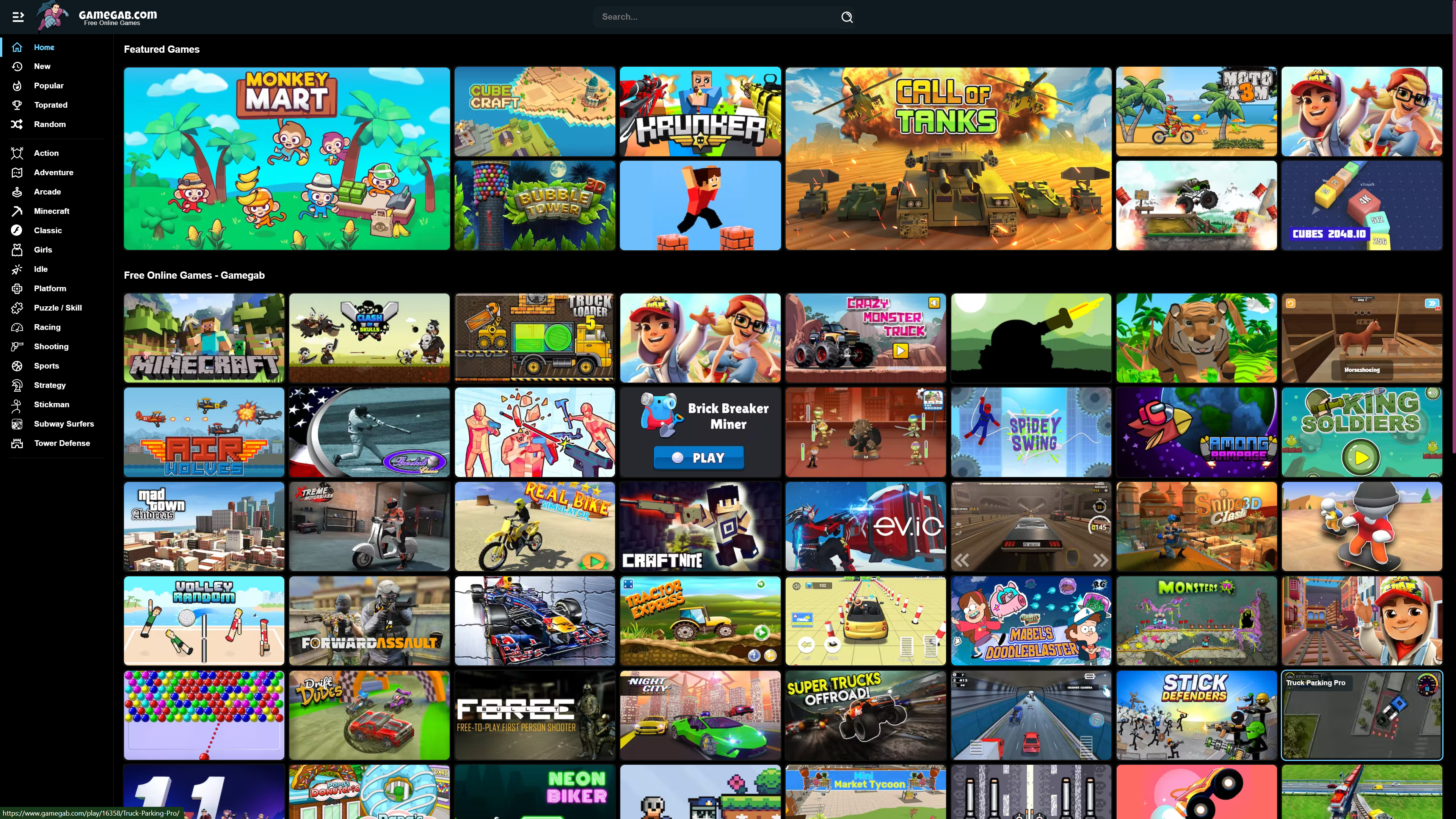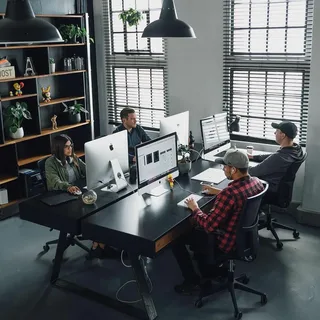Office Setup: How Do They Increase Employee Motivation and Productivity?
It’s the day and age of optimizing productivity! As the talk on professional mental health increases, employers are becoming more considerate of office spaces and how they impact employee motivation. As such, the expensive decor is not enough anymore; office furniture must be comfortable, aesthetic, and durable. So, before you set up shop, here are some things to look for when designing an office:
Ergonomics
If you expect your employees to work long, furniture should be specially designed, keeping in mind the limits of the human body. Working long hours, sitting in uncomfortable chairs, and looking into screens at awkward angles can cause long-lasting body pain and injuries. And if you’re designing any permanent installations (not always a good idea since office spaces need to evolve), make sure you first research ideal posture and positions well.
Personal Space
As crucial as collaborating in a work setting, remember that people (in most cases) like to work on their terms. So, allow some corners and maybe even rooms for employees to get into their zone.
These ‘zone-out’ spaces are just as important as having a spacious office. If someone spends most of their day in the office, they will likely want to bring a thermos, chargers, and maybe some snacks. Allowing them space to unravel and make a space their own gives them a sense of belonging. Likewise, clear, uncluttered desktops are key.
Opportunity for Engagement
Having said that, offices shouldn’t look so cold and empty that people don’t interact. Hence, avoid cubicles and tables too far apart; spacing that allows personal time as easily as it does social time is ideal. Moreover, creating ‘water cooler’ spaces where people can engage informally is as important for community building for the company as conference rooms for project planning and management.
Colour
Did you know colours can affect productivity? You might as well know that colours affect mood. Bright colours like yellow and orange can be energising, whereas cooler colours like blue and deep greens can be relaxing. Here’s the thing, though: yellow furniture doesn’t really scream ‘professional’.
What you can do instead is introduce earthy tones. Keep the canvas clear with whites, and add hints of greys or browns. This keeps things simple, interesting, and pleasing to the eye without having too great an effect on employee mood and motivation.
Special Considerations
- Maslow’s Hierarchy of Needs
Look up the hierarchy of needs, and you’ll see that to feel the happiest at a job, one must have their more basic needs fulfilled. Hence, always keep temperatures comfortable, set up a snack and coffee station and have a specified room to relax to meet their physiological needs. Also, allow plenty of light and a well-deserved salary for their safety needs.
Spaces for socialising and engaging in conversation can take care of their need for belonging. These, however, are usually met by the designs of most offices.
If you want an office that stands out and to make it a place where people love coming to work, you must aim to fulfil their esteem and self-actualisation needs. For instance, the aesthetics of your office furniture can determine how good employees feel about being there.
- Plants
Research has shown that being around plants and water bodies is extremely good for mental health. So, set up little plants around the office to bring in some greenery. If that’s too much maintenance, how about a little collective office project to take care of a single plant? This could increase the sense of community and give workers something to look forward to every day.











